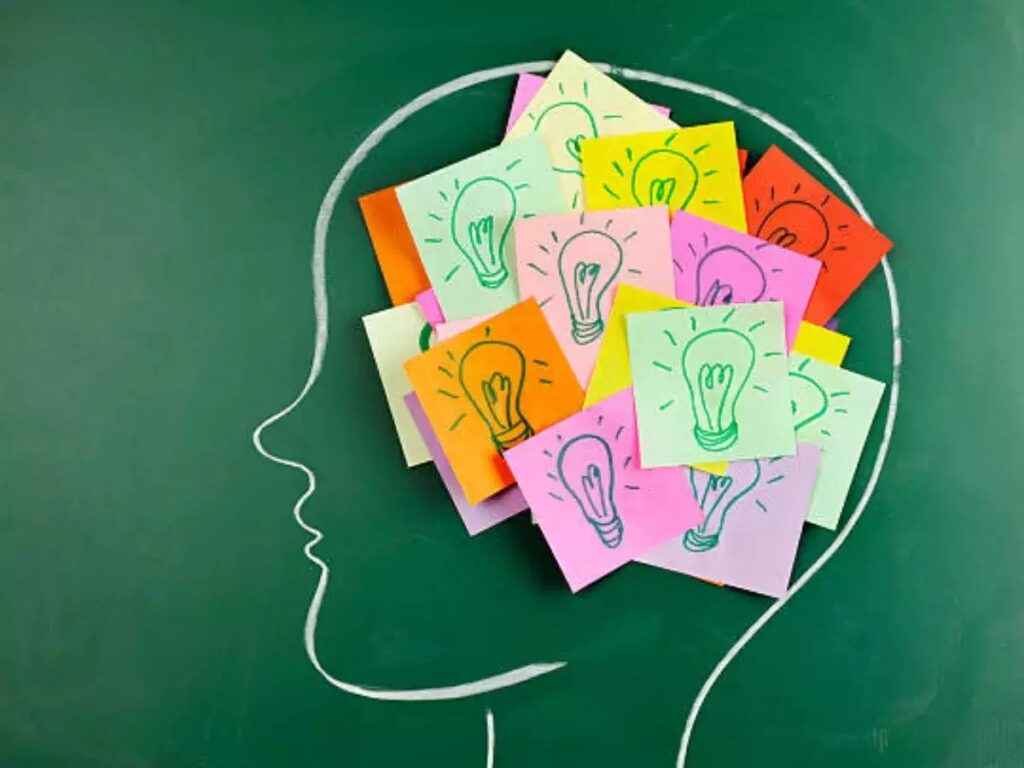AI AI Oh
A tiger lives as long as its teeth. Likewise, AI feeds and lives off data. Chat GPT feeds on 1trn words and the more they feed the more ravenous they get. With such computing power at hand, the data sources within the present internet seem manageably finite and are near exhausted. [siteorigin_widget class=”SiteOrigin_Widget_Image_Widget”][/siteorigin_widget] In the oceanic proportions of Big Tech, generative artificial intelligence has been like a Tsunami. Launched in November 2022, ChatGPT had racked up 100m users within 60 days. The hottest ticket in tech investment, it pulled $40bn in venture capital in the first six months of the fiscal. But the novelty is wearing off. ChatGPT use has declined and search volume for “artificial intelligence” and “AI” has declined. But consumer exposure and interest are not the real metric for its progress and traction. A boosted-up AI ecosystem is taking shape driven by computing power. Hence the commercialisation of AI will be dependent on Microsoft and Google leading the way. Open-source models are coming into the world of generative AI. Hugging Face, an AI establishment, estimates nearly 1,500 versions of such models. A tiger lives as long as its teeth. Likewise, AI feeds and lives off data. Chat GPT feeds on 1trn words and the more they feed the more ravenous they get. With such computing power at hand, the data sources within the present internet seem manageably finite and are near exhausted. One quest is to get the force multiplying network effects so prized in tech. Meta hopes that llama will gain a loyal community of programmers. Abu Dhabi plans to establish a company to help commercialise far and wide applications of Falcon, its open source AI model. Who will emerge victorious? Openai , with its vast number of users has an edge. Google has the advantage of data structure expertise and vast monetary resources. The prize will go to the efficient model-builder that has a core capability to produce and weld together data and that takes an early lead in branding. The prize is world mastery. No wonder that President Biden has issued an executive order with an aim to regulate how U.S. companies develop AI and how regulators oversee it. The order will create standards for American companies and public agencies. Invoking the ‘Defense Production Act’, authorizes the American President to mobilize U.S. industry to support national defence. The US aims to remain the global leader in regulating the fast-growing tech, with the British government hosting an international summit meeting on A.I. safety this week. The order requires content created by A.I. systems to be labelled to minimize the effect of “deep fakes” a concern shared across democracies which see it as a potential systemic risk. Yesterday, more than 100 world leaders, tech honchos, global power hitters including Elon Musk started a two-day “safety summit” on artificial intelligence, hosted by Britain’s government. Bletchley Park , the historic site of Britain’s secret code-breaking unit during the second world war is the meeting venue. It is thought that these discussions may lead to a possible quasi-governmental institutional arrangement like the Intergovernmental Panel on Climate Change. The “AI Safety Summit” is an effort to rein in potentially damaging AI. The European Union’s aiming at an ambitious AI act within the calendar year. China, party to the meet in London has already unveiled a “Global AI Governance Initiative” earlier in October. Traditionally Big Tech, in fact all tech, opposed regulation but the world and its ways have changed and now giants such as Google and Microsoft are keen on it. This is because entry barriers are low, and iterations can go from being on a laptop to a global storm within days. Imagine an AI model revealing details on nuclear and bioweapons. The concept of truth and facts can also be shredded. But regulatory requirements are viscous and intrusive rules slow everything down. Thus far, non-binding codes of conduct have been preferred. Britain’s existing “Frontier AI Taskforce” may be the first off the block but without American and Chinese participation nothing will crystallise. The race to regulate AI has started across power corridors in those world capitals that matter. Link: https://brandequity.economictimes.indiatimes.com/news/digital/ai-ai-oh/104901608










